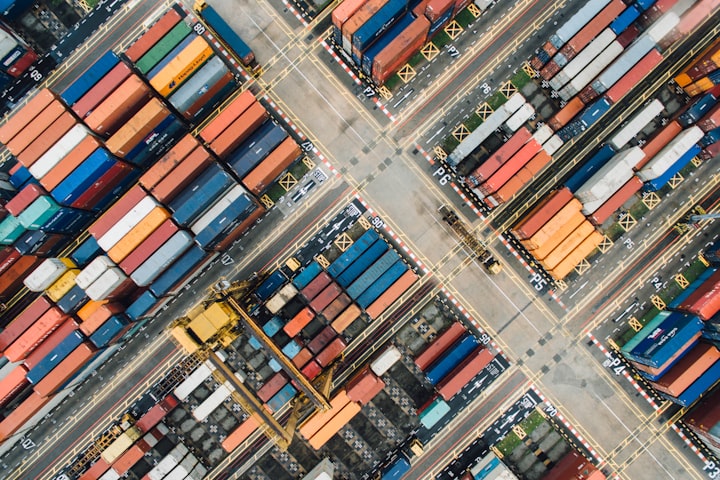What SHEIN is Doing Wrong: The Importance of Having an Ethical Supply Chain
The ethicality of SHEIN has been a hot debate amongst apparel consumers for quite some time now. The discoveries made at an investigation of two SHEIN-operated factories were quite concerning, with multiple Chinese Labor Laws violated.

The ethicality of SHEIN has been a hot debate amongst apparel consumers for quite some time now. Making headlines once again, SHEIN was exposed in a recent undercover operation by Channel 4 news, showcasing employees working in unsafe conditions with products created in a chemically toxic production cycle.
The discoveries made at an investigation of two SHEIN-operated factories were quite concerning, with multiple Chinese Labor Laws violated. It is common for their factory workers to be working 18 hour shifts with only one day off a month, and to be making up to 500 pieces of clothing per day. In one factory, workers were making approximately $556 per month, while in the other, workers earned about four cents per item of clothing.
Alongside gruesome hours and unfair pay, employees are continually exposed to toxic chemicals that are used in the product line, which are eventually sent out to millions of customers.
While the mix of low cost and trendy clothing is appealing to many, at what cost is it worth it? Let’s dive into it.
The global fast fashion industry generates billions of dollars annually. Fast fashion companies are always ready to produce the latest trends seen on the runway in mass. Due to the saturated competition, these companies are looking to make their clothing items as fast and cheap as possible. In order to do so, low quality materials, long working hours, low pay and toxic chemicals are used in the production process.
Workers succumb to these conditions out of need to provide for themselves and their families. Factories continue to take advantage of workers’ needs and profit off of the thousands of items produced daily.
Not only is this style of production harmful to the factory workers firsthand, it has a ripple effect throughout the entire supply chain. As cheap synthetic fabrics are used in the majority of fast fashion designs, it is very common for these products to end up in a landfill once the lifespan or select trend of the product ends. The rise of clothes sitting in a landfill increases danger to public health and the environment–especially when the landfills are burned–releasing the toxic chemicals into the atmosphere.
As of now, fashion is the third most polluting industry in the world. It has a devastating effect on the earth’s climate due to greenhouse emissions, which happen in nearly all aspects of the industry’s supply chain. The process of fast fashion only intensifies these effects.
Amongst other investigations over SHEIN, experts found that high levels of lead, phthalates, and PFAS existed in clothes from the retailer. These chemicals can be extremely dangerous for humans, causing damage to the kidneys, brain, heart, and reproductive system. This leaves children and pregnant women at even higher risk.
The question is, where does the responsibility to make a change lie? Is it on the producer, or the consumer?
The answer is, a little bit of both.
When it comes to setting a precedent within the fashion industry, large fashion retailers such as SHEIN have a great opportunity to take accountability and make changes to their supply chain. Following country labor laws and following a code of ethics is a base that should be upheld in all factories. Ditching the use of cheap and harmful materials would diminish the damaging effects the industry has on our environment and our bodies. Reducing the overwhelming quantity of clothes daily would decrease the amount of clothing sent to a landfill, and then burned.
While making some drastic positive changes sounds amazing, it will come at a financial cost. But, on the other side of the same coin, factory workers would be happier and healthier, quality and lifespan of clothing would increase, consumers would be safer with their purchases, and these companies would be deemed more respectable in the eyes of the public.
At the end of the day as consumers, we have the freedom to purchase what we want and where from. While looking at those cheaper prices may be tempting, it’s important to know the history of our clothing, and the consequences of that cheaper price.
There are endless alternatives to shopping from these harmful fast fashion conglomerates and keeping within the same budget. Choosing to shop secondhand, purchasing from ethical and sustainable based fashion brands, investing in high quality items, and consuming less apparel in general are all a great start to limiting the effects of fast fashion.




